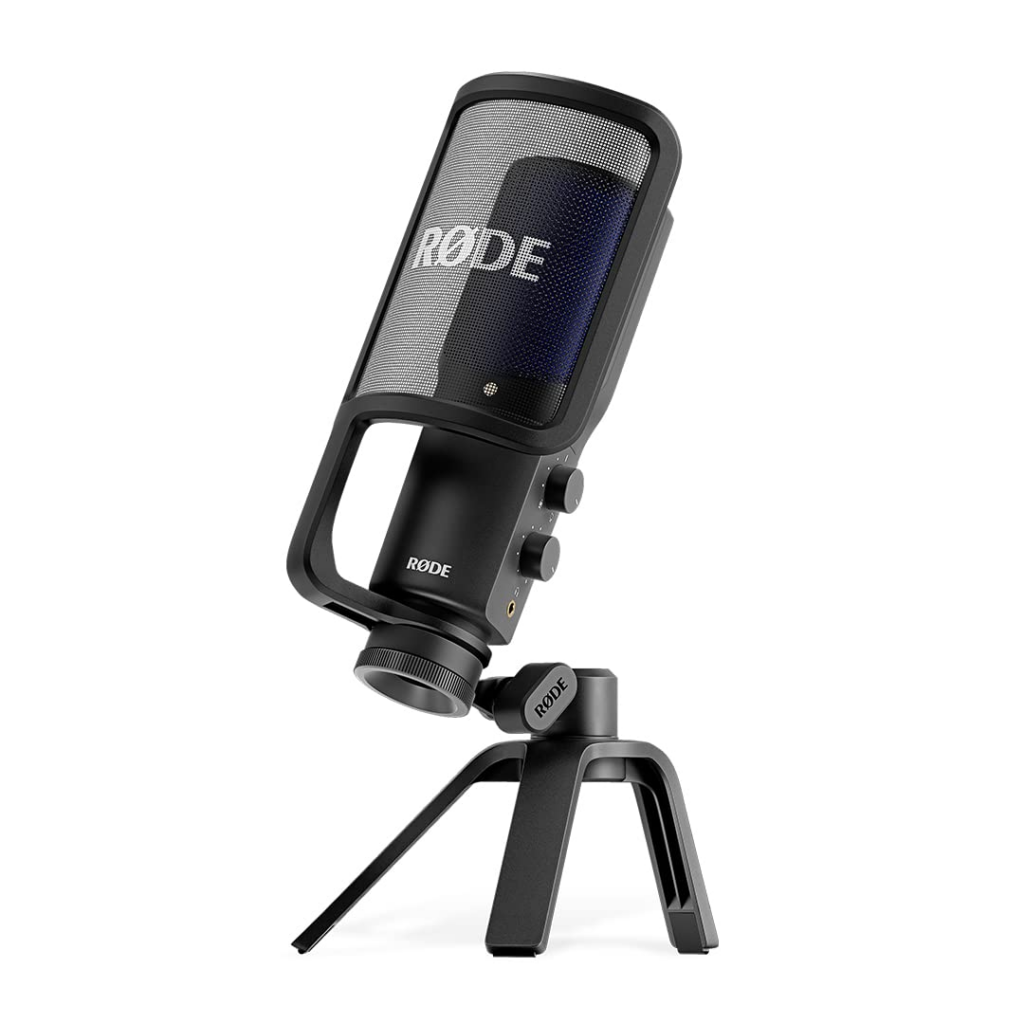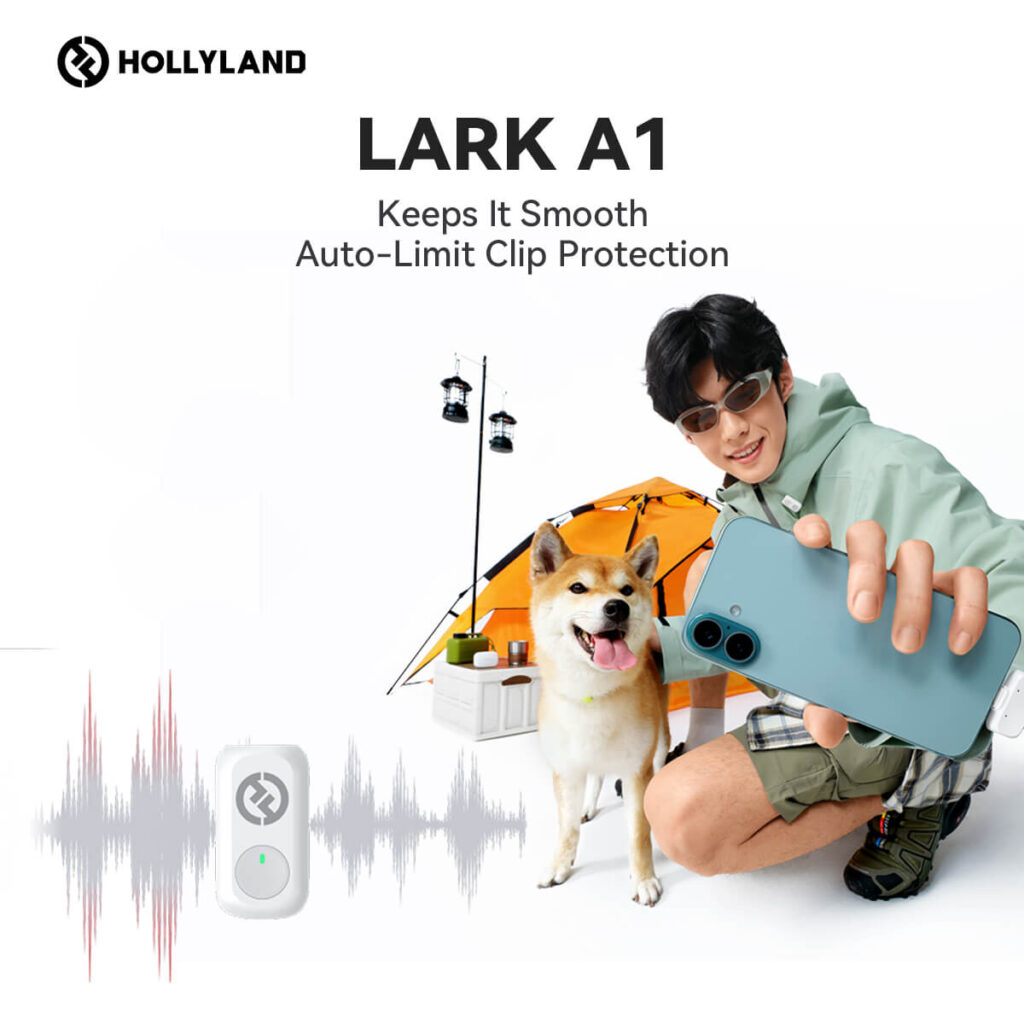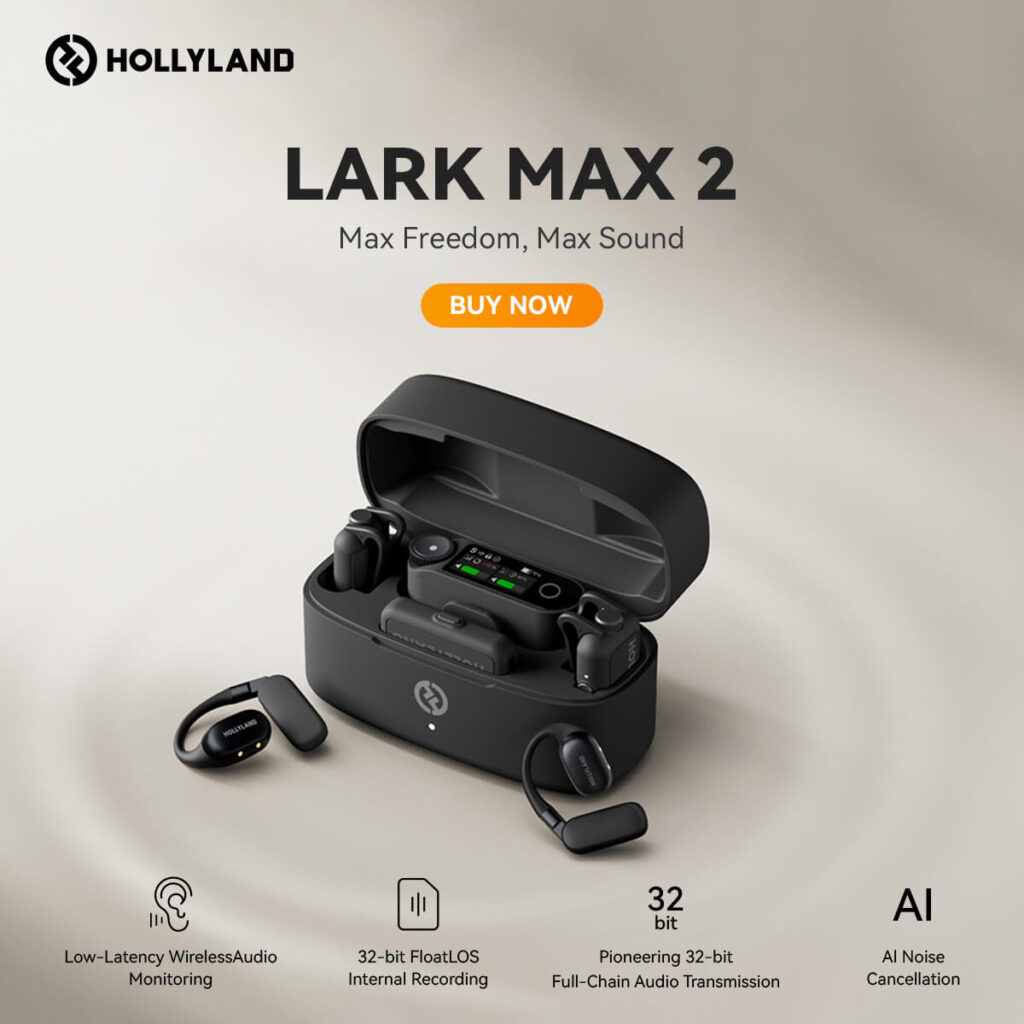Are you into podcasting? Do you want to take your podcasting game to the next level? If yes, you’re in the right loop!
You’ll find conversations regarding voice recording. What does it center around? Well, it’s all about microphone selection, interfaces, and other mediums used in the recording process. These components will strongly impact the sound quality, and your customers won’t show any interest in the effort you make. This is because you might be ignoring a basic discipline- your podcast microphone.
The sound quality plays a vital role in its success. With the help of the right microphone, you can improve your audio quality for a better experience. When it comes to podcast microphones, always choose the highest-quality stuff to let things work smoothly. In this post, we’ll explore some tips and tactics to choose the right type for yourself.
Let us dive deeper!
The Popularity of Podcast Microphones
Podcasting has been booming, and you might find individuals in every home drawn toward their passion. It has been one of the fastest growing modes of communication in the 21st century. Whether you want to narrate any story, record your workout session, or educate people about good things, podcast microphones have been touching the skies in terms of their audio quality.
Podcasting is now a critical element that can help you attract a large number of audience. Your audio clarity can work wonders if you want to completely immerse your listeners and let them feel a solid connection with the information you deliver. Make your audio as vital as possible so your target audience gets a smooth experience. High quality can elevate your podcast into a relationship with your audience that transcends time. All in all, having a quality podcast microphone is all you need!
The Best Podcast Microphone Types You Can Choose From
1. Shure SM7B Vocal Microphone
It is the best option for those who take podcasting seriously. The Shure SM7B has become a preferred choice among individuals for its excellent sound quality and versatility. It is an ideal choice if you want to remove echoes or any noise from your side. You can choose this type if you want custom sound at different levels.

Specifications
- Connection: USB, XLR
- Type: Dynamic
- Polar Pattern: Cardioid
- Incorporates: Cables and Microphone
| Pros Genuine versatility High-end design and build Perfect in reducing handling noise Detachable pop filters and windscreen Compatibility Durable Versatile response High SPL capability | Cons Price Might require a preamp to achieve the desired results |
2. Rode Procaster Dynamic Broadcast Microphone
The Rode Procaster microphone can cope with ambient noise and can help you deliver focused and clear recording. It may be heavyweight and can withstand longer sessions. The design is typically preferred for radios, podcasting, and other broadcast applications. If you are looking for a durable option, the Rode Procaster Dynamic Broadcast Microphone can be an ideal solution.

Specifications
- Connection: XLR
- Type: Dynamic
- Polar pattern: Cardioid
- Includes: Microphone, stand mount, zip pouch
| Pros Rugged build Peerless for speech Built-in shock mounting Incredible sound quality and easy to use Durability can withstand extended use Internal pop filter and polar cardioid pattern | Cons The cost of this microphone might be high |
3. Audio-Technica ATR2100x-USB Cardioid Dynamic Creator Microphone
The Audio-Technica ATR2100x-USB is one of the best podcast microphones on the market. It is perfect for podcasters, live streamers, as well as content creators. The presence of XLR and USB makes it a practical option for connecting with multiple devices. Its cardioid pattern makes it incredible for the isolation of voice. Yes, it is a respected name in the audio production and recording industry.

Specifications
- Connection: XLR
- Type: Condenser
- Polar pattern: Cardioid
- Includes: Microphone, headphones, boom arm, XLR cable
| Pros Superb microphone Can last a lifetime It can easily connect with mixers, computers, or audio interfaces because of its USB and XLR output Comes with a tripod desk stand | Cons Its single polar pattern may somewhat reduce the versatility Narrow frequency May not suit your option if you prefer it for studio use |
4. Rode NT-USB Microphone
Rode NT-USB is a versatile podcast microphone with selected polar patterns, which makes it perfect for various recording applications. The built-in headphone amps are clear and loud. The pop filter also does a great job, allowing you to get closer and avoiding the proximity effect.

Specifications
- Connection: USB
- Type: Condenser
- Polar pattern: Cardioid
- Includes: Microphone, pop shield, ring mount, tripod desk stand
| Pros It is versatile iPad users can also opt for it Compatible with standard microphone stands It can handle high sensitivity Durable for long-term use | Cons Pricier USB option It may require phantom power for its operation |
5. IK Multimedia iRig Stream Mic Pro
IK Multimedia iRig Stream Mic Pro is the master of finding new and innovative ways to increase its products’ capabilities and tricks, and the iRig Stream Mic Pro is a great example. It can perform multiple functions at a time. The microphone combines a dual-capsule condenser mic – with four different pickup patterns to combine different sound sources and outputs. If you own this device, you’re up and running!

Specifications
- Type: Condenser
- Connectivity: USB-C and Lightning
- Pickup pattern: Cardioid, Bidirectional, Omnidirectional, Stereo
- Accessories: Stand
| Pros It is versatile Help you record high-quality audio Also has a loopback | Cons May be more capable than most users actually require |
Effective Podcast Microphone Techniques for Podcasters
When using your microphones, you need to keep a handful of factors in mind to get the best results. Besides applying certain factors to your recording, manage your podcast microphone, including your voice, environment, and the entire setup.
The setup is of paramount importance because your recording has much to do rather than your engagement with the equipment. Poor techniques may spoil the recording on even the most expensive microphones money can buy.
Let us take a look at the factors you should remember and explore how to leverage them for a perfect sound episode.
Microphone Level
What if your mic level is not set correctly? You may end up messing around with poor audio quality. Little or more gain may underdrive and overdrive your recording, respectively.
An initial step you can take is to set your podcast microphone level as per your requirements. Also, keep track of the terms like gain and input levels, which you might use interchangeably. These terms describe the amount of signal your microphone feeds. You can set this through a mixer or an interface.
Practice and set the levels earlier to adjust the gains to keep the levels healthy. This will help you avoid the danger zone and achieve a clear capture.
Proximity
Proximity is what defines your closeness to the podcast microphone when you record. Understand one thing: the closer you are, the less frequency information it might pick, meaning full sound. On the contrary, the further you move, the more echo your microphone will record. You can start with some width between you and the microphone. Another thing you can do is try different approaches to notice an excellent place to start. So, tailor your distance from the mic and prefer a quiet environment.
Pro-Tip* You can utilize a microphone stand to position your podcast microphone at a distant position and get outstanding results.
Voice Level
Another aspect can be your voice level, which determines the sound pressure level entering your microphone. The louder you talk, the more overdrive it will cause. If you speak consistently, you can expect a balanced recording. Never expect your mic to respond like a whisper or as a shout.
Try to keep the background noise lower, as this will help you with the mixing process and minimize distractions. It will help listeners get a seamless experience.
Microphone Angle
Did you know that microphones have sound to them? Determine the quality your podcast microphone imparts to your voice, helping you experiment with different angles concerning your mouth. Depending on the directions you move it, whether toward or away, will let you figure out any high-frequency changes.
Pop Filters
You can also utilize pop filters. This will help disburse louder voices before they provoke distortion. At the end of your flexible gooseneck, it clamps onto your microphone stand. Remember that the placement will vary based on your setup.
Another option can be foam covers for podcasters who are used to recording in various environments.
Let’s take action
Holding onto the interest of your audience matters when you’re passionate about podcasting. Explore how podcast microphones are becoming popular and have a huge impact on listeners. Moreover, learn different techniques provided in the post for better results.
What are you waiting for? You have the best yet most popular types to choose from. To buy the best quality podcast microphone online, opt for Hollyland, and get the highest quality products at the most affordable prices. So, streamline your podcast as much as possible!





























.png)




